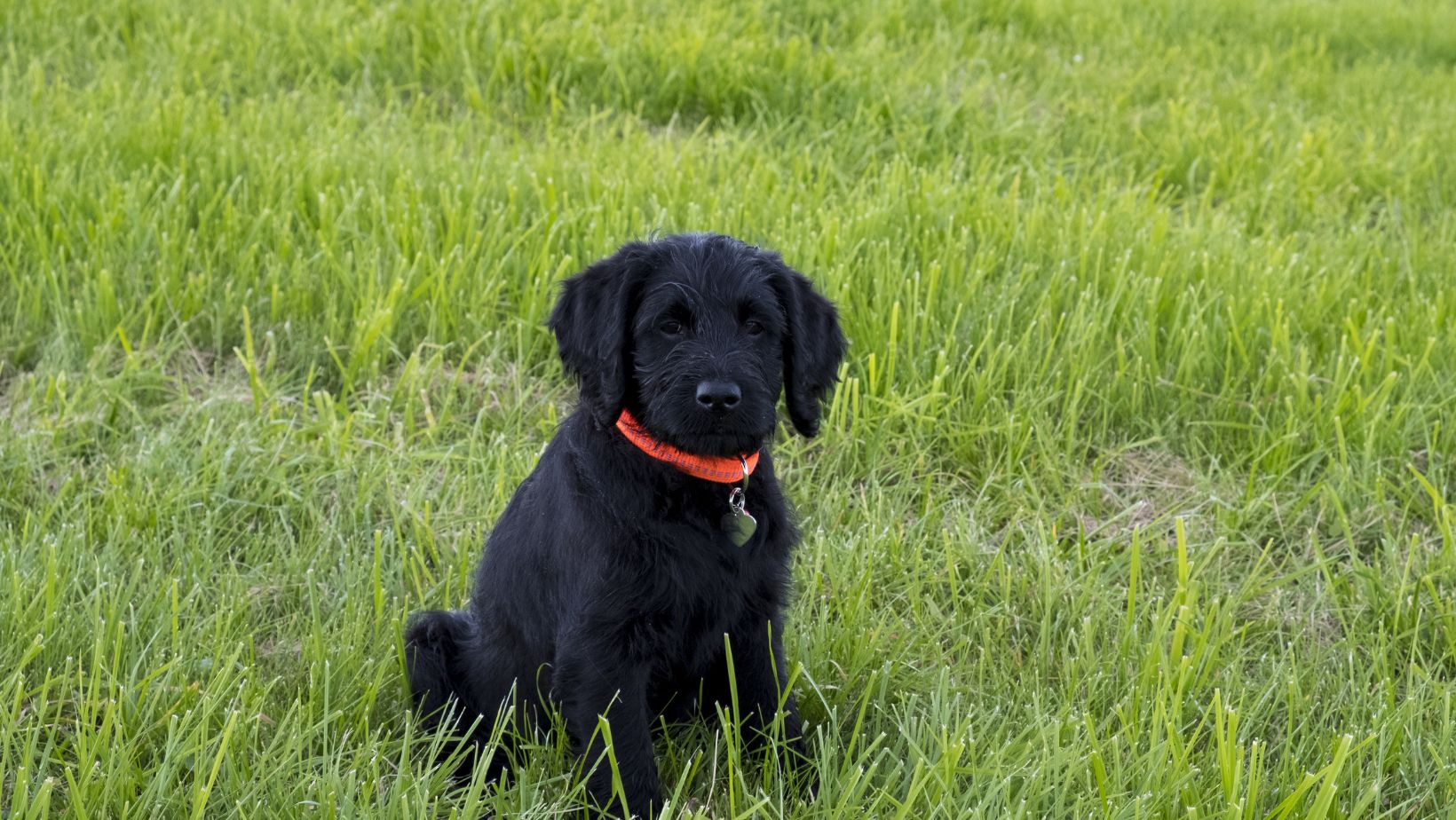How to Train your Dog to Walk
Training your dog to walk properly is an essential aspect of responsible pet ownership. In this article, I’ll share valuable insights on how to train your dog to walk and emphasise why it’s particularly important for Labrador owners.
One of the first steps in teaching your Labrador to walk well is getting them accustomed to wearing a leash and collar. Start by introducing these items gradually, allowing your dog to become comfortable with their presence. This will pave the way for successful training sessions ahead.
Next, focus on teaching basic commands such as “heel” or “walk,” which will help establish boundaries during walks. Consistency is key here; reinforce positive behavior by rewarding your dog with treats or verbal praise when they follow the command correctly. Remember that patience and repetition are vital components of any effective training regimen.
Why should you invest time and effort into training your Labrador to walk? Well, apart from the obvious benefits of having a well-mannered companion on walks, regular exercise is crucial for maintaining their physical and mental well-being. Walking also provides an opportunity for socialization with other dogs and humans, helping reduce anxiety and promoting a healthy social life for your furry friend.
Choosing the Right Leash and Collar
When it comes to training your beloved Labrador to walk, one of the most crucial aspects is selecting the right leash and collar. The leash and collar you choose can greatly impact your dog’s comfort, safety, and overall experience during walks. Here are some key factors to consider when making this important decision:
- Size and Material: Ensure that the leash and collar are appropriately sized for your Labrador. A too-tight collar can cause discomfort or even injury, while a loose one may slip off easily. Opt for sturdy materials like nylon or leather that can withstand regular use without fraying or breaking.
- Length of the Leash: The length of the leash plays a significant role in controlling your dog during walks. For training purposes, a shorter leash (around 4-6 feet) provides better control over your Labrador’s movements, allowing you to guide them effectively.
- Type of Collar: There are various types of collars available, each with its own advantages and considerations. Some common options include flat buckle collars, martingale collars, head halters, and harnesses. Research each type carefully to determine which would be most suitable for your Labrador’s specific needs.
- Training Goals: Consider your training goals when selecting a leash and collar combination. For instance, if you’re working on loose-leash walking or discouraging pulling behavior, a front-clip harness might be beneficial as it redirects your dog’s forward motion when they pull.
- Comfort for Your Dog: Prioritize your Labrador’s comfort when choosing a leash and collar setup. Look for features such as padded handles or collars with adjustable straps to ensure a snug fit without causing any discomfort or chafing.

Understanding Labrador Walking Behavior
When it comes to understanding Labrador walking behavior, there are a few key factors to consider. Labradors are known for their energy and enthusiasm, which can make them strong pullers on the leash if not properly trained. By delving into their natural instincts and tendencies, we can gain valuable insights that will help us train our Labradors to walk politely on a leash.
- Breed Characteristics: Labradors were originally bred as working dogs, specifically for retrieving game in hunting scenarios. This means they have an inherent drive to explore their surroundings and follow scents, which can lead to pulling behaviors during walks. Understanding this instinctual need for exploration is crucial in addressing any leash pulling issues.
- Socialization: Proper socialization plays a vital role in shaping a Labrador’s walking behavior. Early exposure to different environments, people, and other animals helps them become more confident and less reactive on walks. By gradually introducing your Labrador puppy to various stimuli and reinforcing positive experiences, you can lay the foundation for good walking manners.
- Positive Reinforcement: Training your Labrador using positive reinforcement techniques is highly effective in encouraging desired walking behaviors. Reward-based training methods such as treats, praise, or playtime help reinforce proper leash manners while building a strong bond between you and your furry friend.
- Consistency: Consistency is key when teaching your Labrador how to walk correctly on a leash. Establishing clear rules and boundaries from the beginning will prevent confusion and ensure that your Labrador understands what is expected of them during walks. Regular practice sessions with consistent cues will help reinforce good habits over time.
- Patience: It’s important to approach training with patience when working with Labradors or any other breed of dog. Each dog learns at its own pace, so it’s essential not to get discouraged if progress seems slow at first. Stay consistent with your training efforts and celebrate small victories along the way.